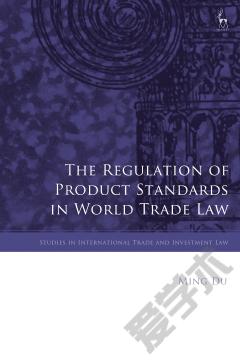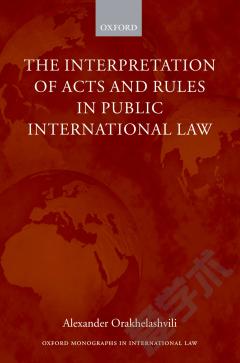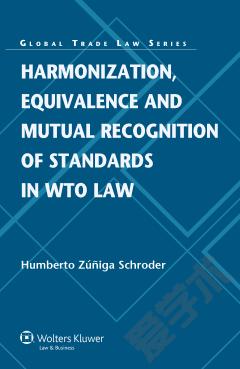Product Regulations and Standards in WTO Law
The interrelation of products, the human body, and the environment presents a fundamental challenge to the international trade regulatory system. In an ever more integrated global market, biotechnology, nanotechnology, and other increasingly prevalent methods of processing food and pharmaceuticals give rise not only to trade issues, but also to health, safety, and security concerns. Product-related cross-border issues such as the spread of disease, the use of risk relevant substances or components, and safety-related construction issues are increasingly on the agenda for governments and international organizations. A promising response to this challenge – presented in this book – is offered by a harmonization of the multiplicity of rules, standards, guidelines, and recommendations that characterizes the current system of international trade regulation. Based primarily on the author’s thorough research on the rules on harmonization within the World Trade Organization (WTO) Agreements on the Application of Sanitary and Phytosanitary Measures (SPS Agreement) and on Technical Barriers to Trade (TBT Agreement), this book sets forth a workable scheme for the harmonization of public and private regulations and standards – a scheme that, the author shows, is sure to be helpful in reducing non-tariff barriers and achieving further integration of international markets. With full awareness of the potential effects of harmonization processes among linked international organizations, the author covers such topics as the following: ; legal remedies applicable when private persons encounter trade barriers; the environmental impact and animal welfare issues; heightened consumer awareness of health and safety; research and scientific testing methods; scientific uncertainty and risk regimes; standard-setting procedures; transparency and monitoring; and recognition of equivalence. For trade law practitioners and economic operators, the book provides a full understanding of the definition, typology, and characteristics of product standards, and details the procedures of standard-setting, compliance, conformity assessment, and certification.
{{comment.content}}








 京公网安备 11010802027623号
京公网安备 11010802027623号